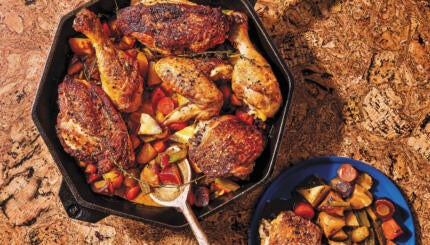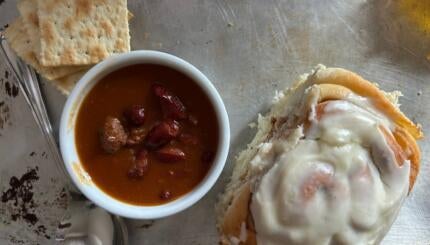When I was a child, a popular TV commercial touted the health benefits and versatility of “the incredible, edible egg.” Cooks from around the world and throughout history have continually marveled at the many ways in which eggs can be cooked, and their many secondary culinary uses as well.
This is no less true for Jewish cooks, who have used eggs in every way our non-Jewish neighbors did — and in some unique ways, too!
To Jews, eggs are more than a food. They are a symbol. At Passover, they sit, hard-boiled, on the seder plate to represent a Temple sacrifice. Their round shape reminds Jews of the circle of life, and thus have traditionally been served in a shiva house. Homiletically, the rabbis see them as reflecting resilience during challenging times; they grow hard and improve in quality when subjected to heat.
But Jewish gastronomy also uses eggs in impressively diverse ways. Here, then, are the top 8 Jewish egg dishes (with a few honorable mentions along the way):
The Nosher celebrates the traditions and recipes that have brought Jews together for centuries. Donate today to keep The Nosher's stories and recipes accessible to all.
Huevos Haminados
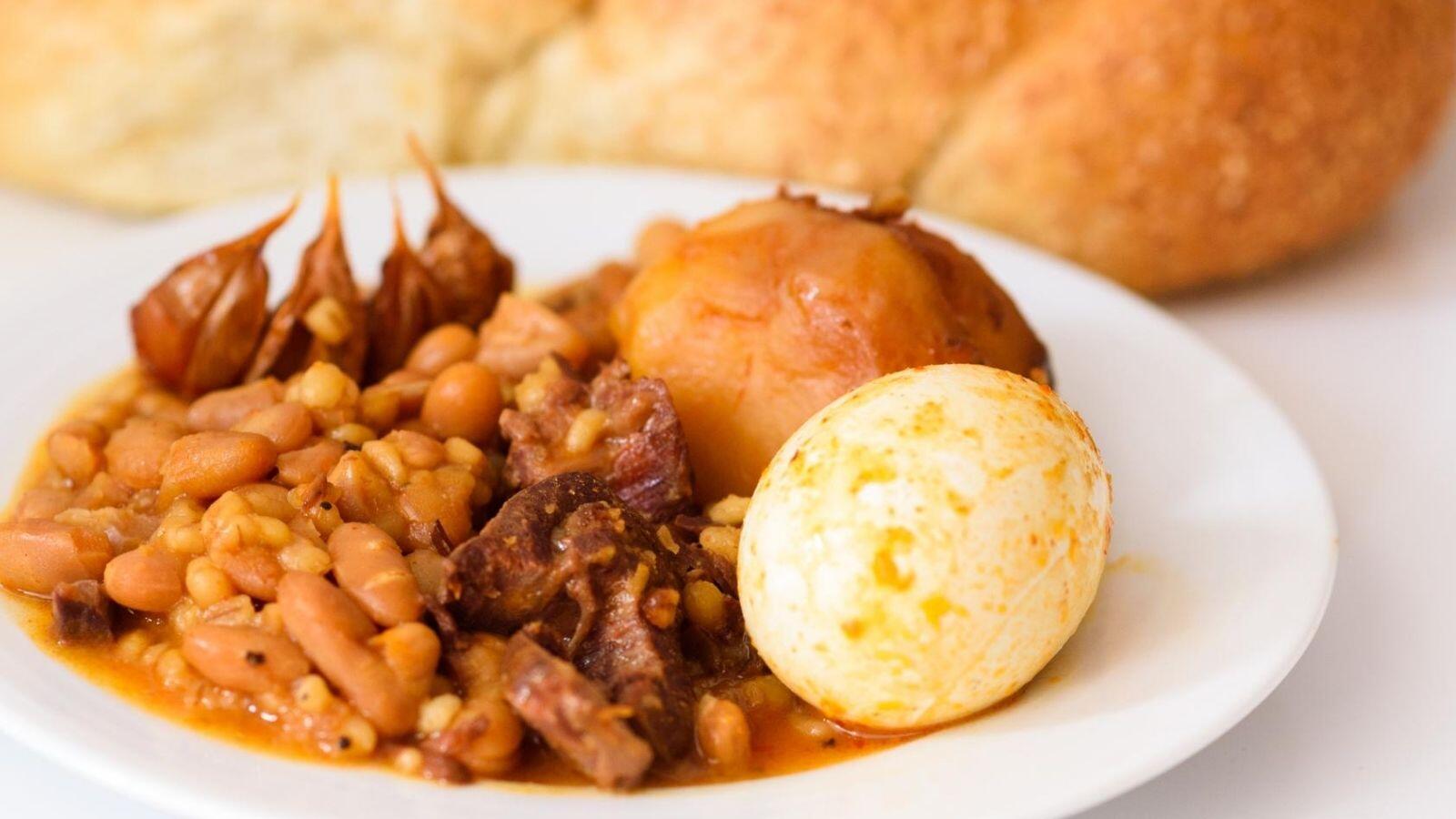
One of the most basic ways of preparing an egg is to hard-boil it. But even more beloved and venerable is the uniquely Jewish preparation of cooking it for a very long time in a low heat. This method originates in medieval Spain, where Sephardic Jews left eggs cooking overnight in their Shabbat stew pots. In so doing, the whites of these huevos haminados (Ladino for “hamin eggs”) acquire a caramel-tan hew, and the yolks turn creamy and almost nutty in flavor. Now, they are among the most beloved foods throughout the Sephardic diaspora.
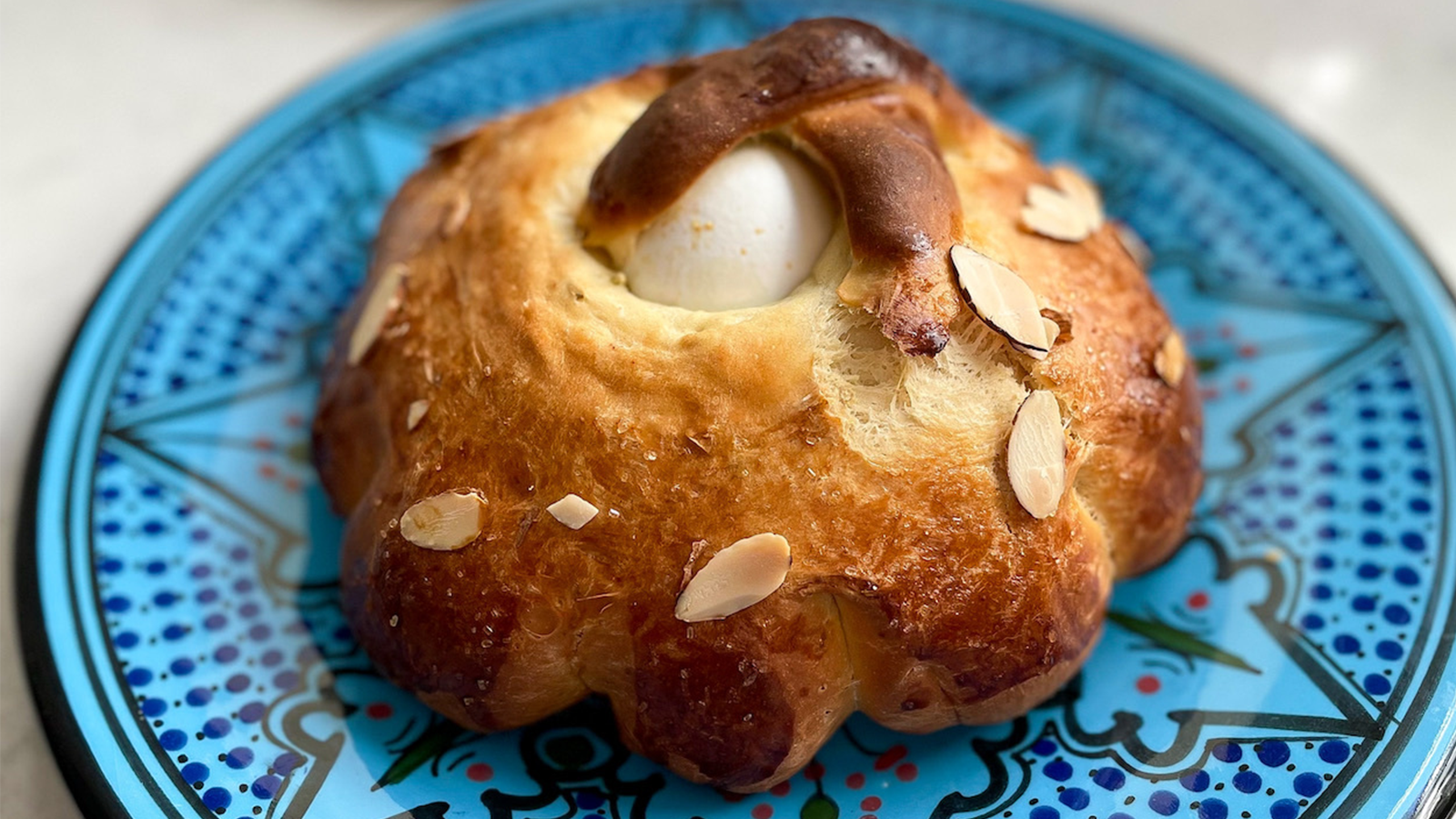
Honorable mention: Many North African Jews use hard-boiled eggs in a Purim pastry, called ojos (eyes) or foulares (feet). The eggs, held in place with crisscrossing strips of thin dough, represent either the eyes in Haman’s face, or the bottom of his leg on a foot-shaped pastry.
Quajado
Also Sephardic in origin, quajado (pronounced kwah-JAH-doh, with a soft “j” as in Jacques) is a sort of frittata, mixing eggs, cheese and lots of vegetables into a thick, quiche-like pie. What differentiates quajado from other frittatas is that they feature more vegetables in proportion to the eggs. Those vegetables often include such examples as eggplant and leek, particularly identified with Jews. So much so that this dish was among the incriminating foods that might give away a crypto-Jew to the Spanish Inquisition authorities.
Challah

We don’t often think of the significance of eggs in this famous Ashkenazi Shabbat bread, but they are one of its more important ingredients. One reason that challah became a Shabbat bread was its contrast with the heavy, brown bread that was eaten daily in Europe. While its white flour played a significant role in this, eggs also enriched the dough and made it softer. Add another one to glaze the challah’s outside, and we see how eggs play an important culinary role even when they aren’t the star ingredient.
Klops
On the surface, klops looks like a regular meatloaf. But Ashkenazi klops features a surprise inside. Hard-boiled eggs, shells removed, are buried in the center of the loaf, revealing their beautiful contrasting color when the dish is sliced. This highlights eggs’ role as a “filler” protein. Less expensive than meat, and more easily acquired on a regular basis, eggs are a cheaper way to fill bellies. They serve similar roles when mixed in with chopped liver, and some North African Jews stuff intestines with a mix of eggs, rice and ground meat. Think of it as a kind of upscaled kishke.
Keftes de Prasa
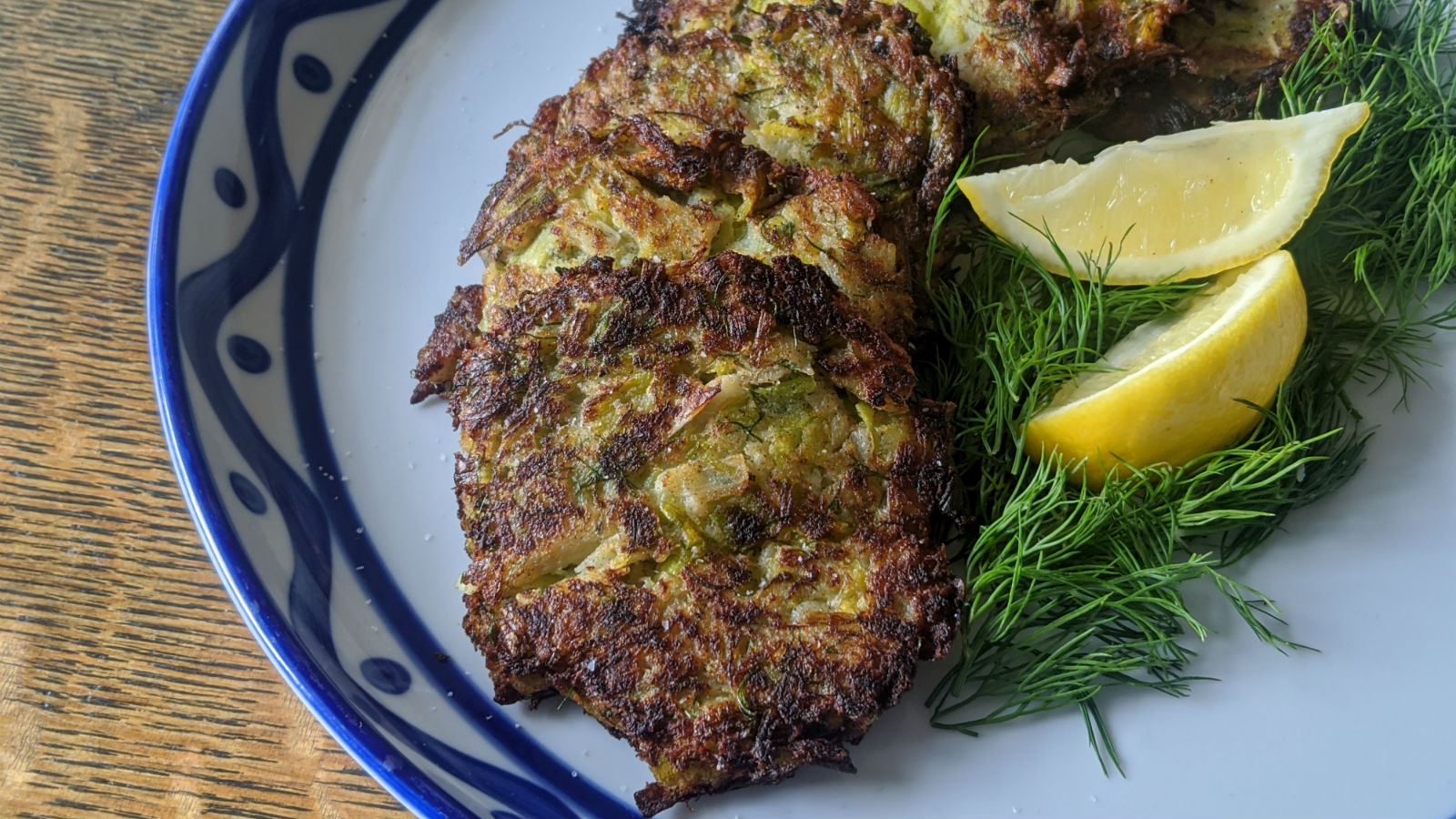
Similarly, eggs work as a binder in many foods, and keftes de prasa use them to turn shredded leeks into a delectable Sephardic fritter. These fried patties make appearances at Rosh Hashanah, as one of the symbolic foods, as well as on Hanukkah (think of them as leek latkes) and Passover, since they don’t require any chametz (leavened dough) in their recipe.
Honorable mention: Kugels could not exist in the form we recognize without the eggs playing the same binding role.
Agristada
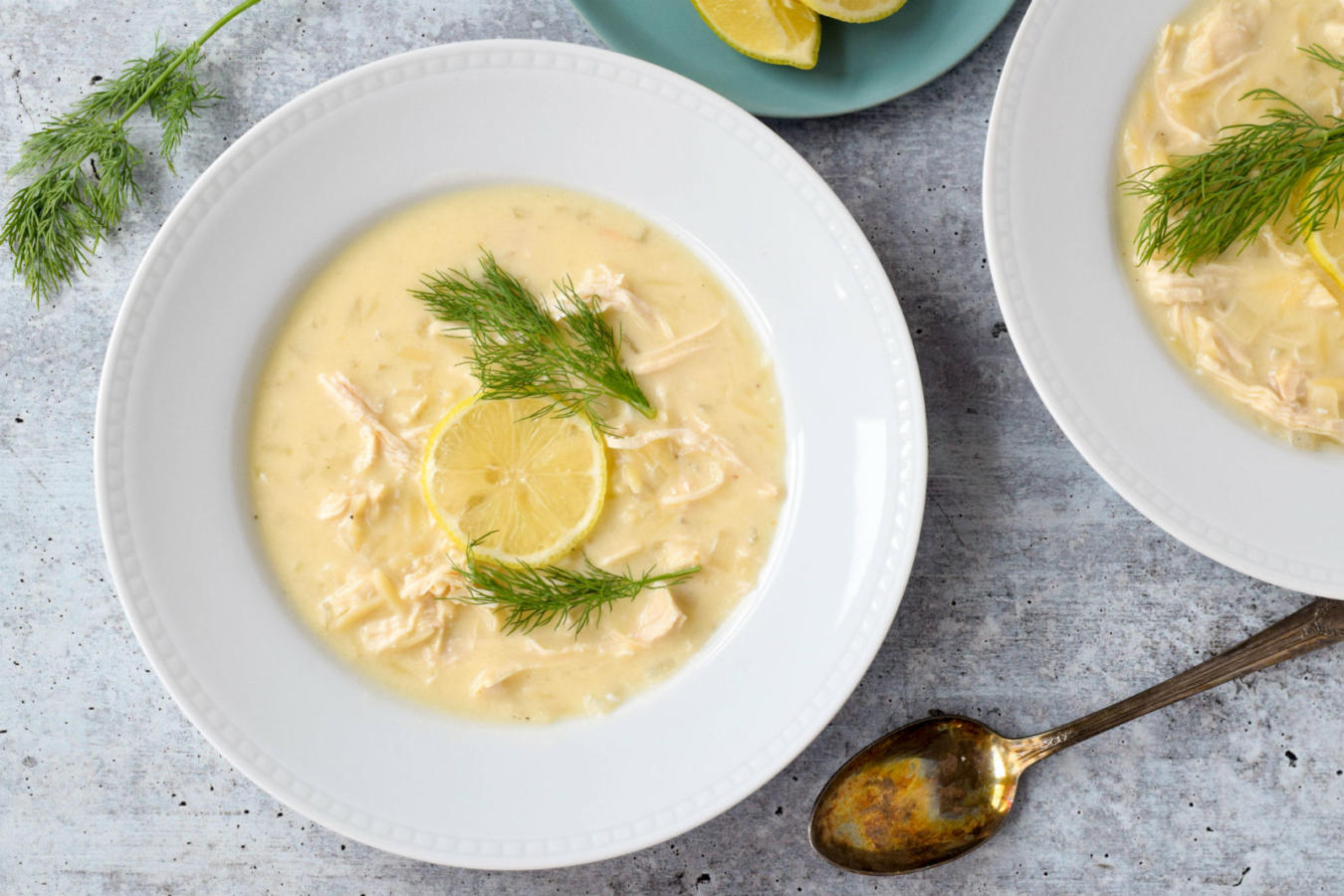
Eggs work well as a thickening agent in liquids. But for Jews, they have the added benefit of being pareve — neither meat nor dairy for kashrut purposes. In medieval Spain, Jews thickened meat soups with agristada, a mixture of beaten eggs with lemon juice that become a yellow-white sauce. Some may recognize this as the famous Greek avgolemono, but scholars often point to Sephardic refugees in Greece as its most likely source.
Eyerlakh
While eggs are considered pareve in most cases, a footnote to Jewish law considers whatever is inside of an animal when it is slaughtered to be meaty. When a hen is killed, the eggs inside that have not yet formed shells are still edible. Rather than throwing these out, Eastern European Jews dropped these eyerlakh (“little eggs” in Yiddish) into their chicken soup, poaching them into small, golden orbs of yolky goodness. Such unshelled eggs are hard to find these days, but if you know any chicken farmers, you might just be in luck!
Gogol Mogol
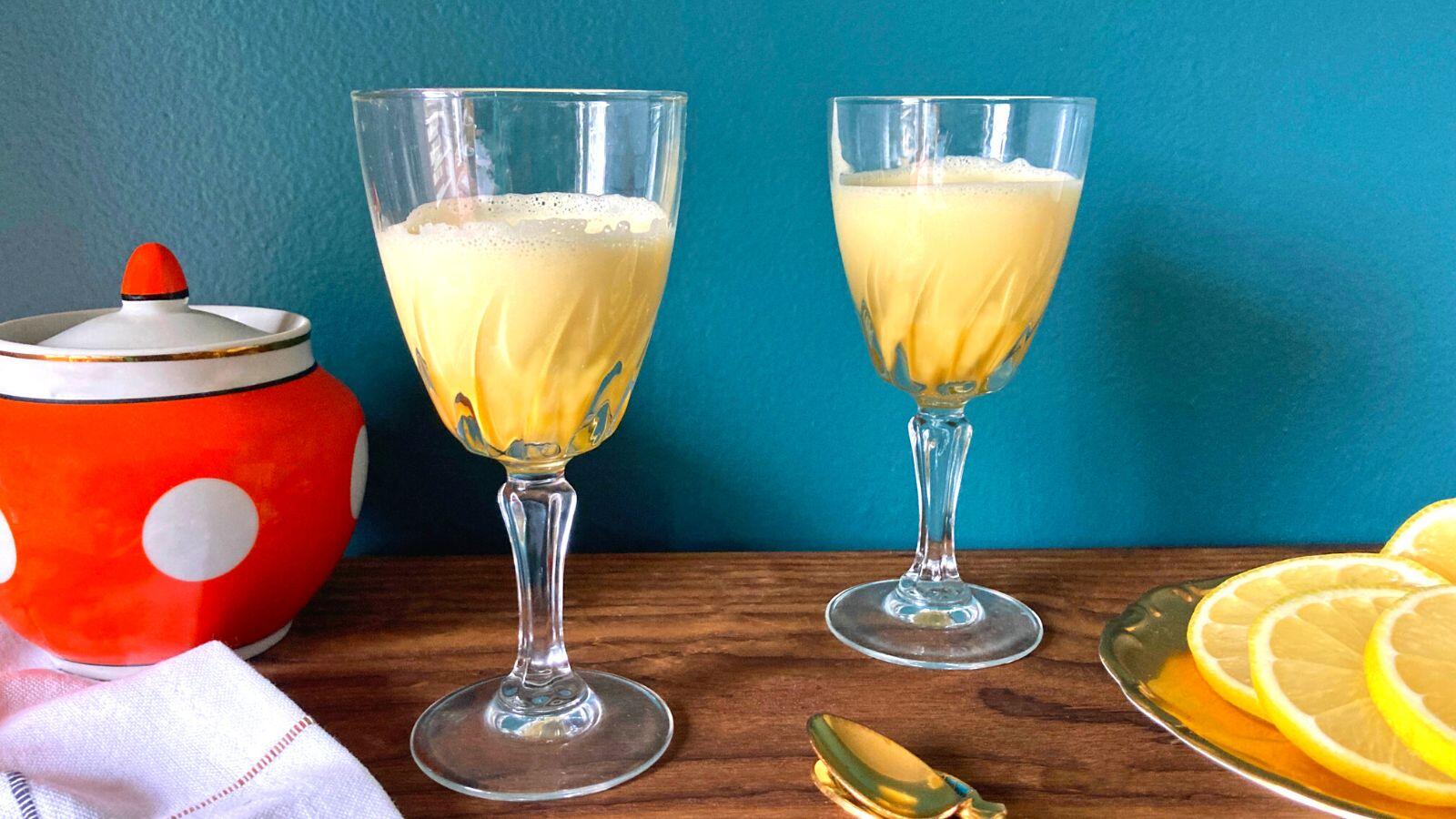
Jews in Eastern Europe even used eggs as a home remedy called gogol mogol. Beating raw egg yolks with sugar into a thick, sweet paste, they’d drink the eggnog-like quasi-liquid to cure sore throats. Non-Jewish Russians ate a pudding-like concoction with a similar name, but the drink/“medicine” version appears to be uniquely Jewish. While on the topic of drinks, I must note that the famous Jewish “egg cream” does not actually include any eggs (nor any cream, for that matter).
With all of these special Jewish egg dishes, we can appreciate the breadth of our people’s cooking. Not just incredible and edible, eggs are also very Jewish!
